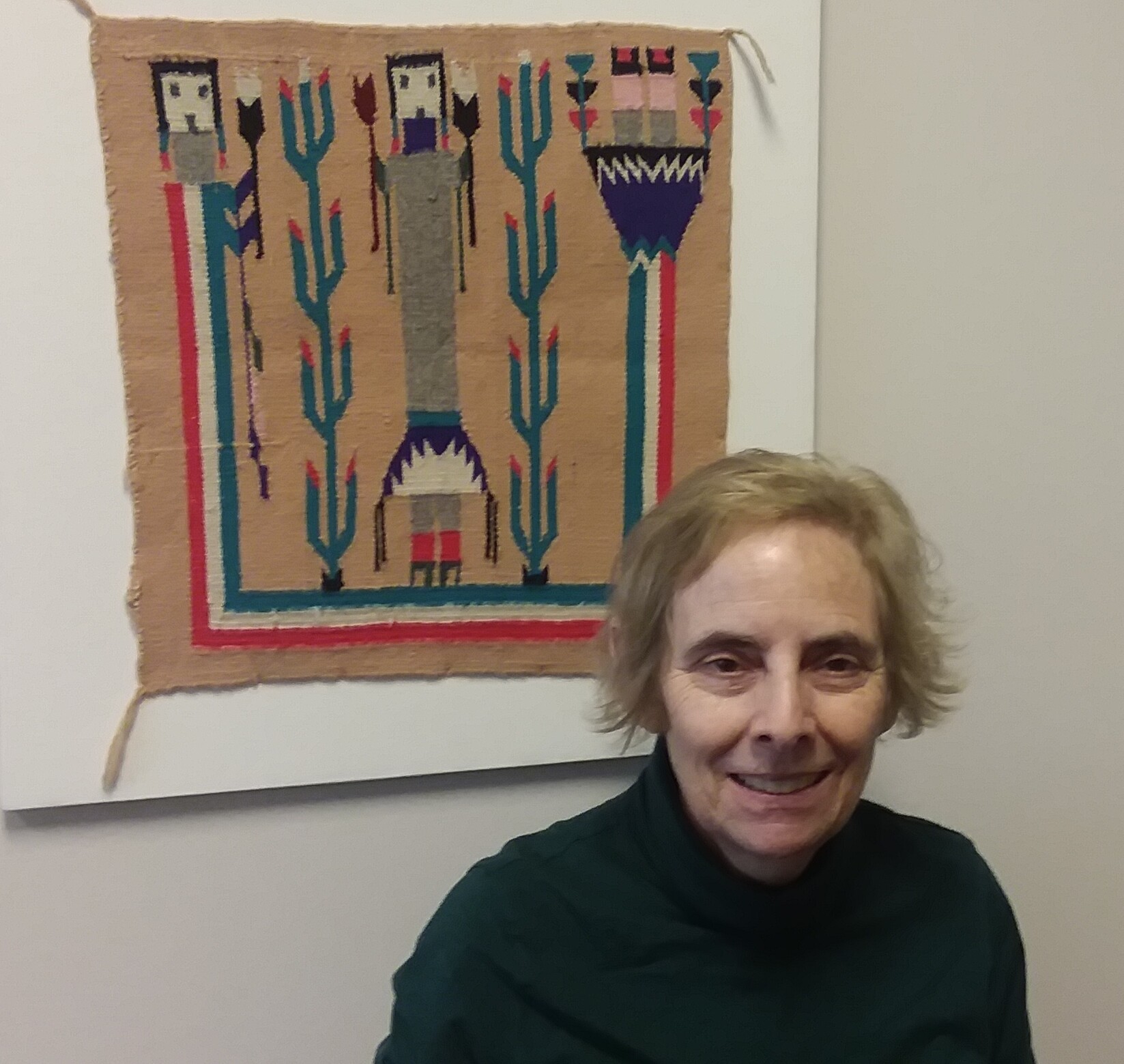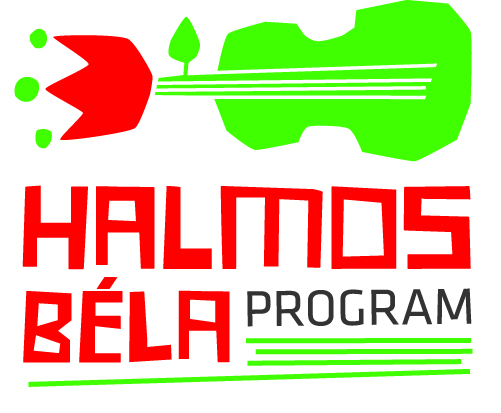
Barbara Rose Lange - Photo: Recorder blog (recorder.blog.hu)
Is there anybody in Hungary who can not say anything about the most divisive music genre that is called mulatós? Maybe except of the newest generation of the consumer society which has its own choices of musical styles and events, we all know here from the age of 20 until 100 at least one thing to declare about this social and cultural phenomenon. From a social strata it is rather an absurd thing than an appraisable music genre, and then there are many people who do like and listen to it but not really think or care about the importance or the value of it, and that is also fair enough. Even among musicologists it is a difficult topic, as it is presumed more an unpleasant and subversive growth on the traditional music. Now, we are not here for making decisions or dispensing justice although we all have the power to like or criticize it. Besides, for those who do want to see it in a different cultural light and exceptionally don't want to read an other statement about its badness or worth, this interview with Barbara Rose Lange, professor and ethnomusicologist of University of Houston Moores School of Music is a good opportunity to hear an open-minded point of view based on academic knowledge but without any gobbledegook.– You live in Texas, so far away from a very special Eastern European phenomena called „mulatós zene”, but you know much more about it than we do, people who live close to it. Why did you start to do a deep research about it?
– I was doing my ethnomusicology fieldwork in Baranya county. It was on a totally different topic but I was going to a lot of different villages where I attended name day get-togethers, birthday get-togethers and that sort of thing besides hearing just what people were playing out in their courtyards. And you know, I heard this unique sound, so trying to find out a little bit more about what it was, and that was interesting. Because the city people that I know and love in Pécs really did not want to talk about it. What made me curious was the fact that in the village, what people were playing at the time, so in the 1990s,
was a kind of ban among my friends.
– How did you choose just Hungary?
– I used to be a classical musician, and then I got bored actually in classical music as a working musician, that is so different from being in music school. So, then I started to play some folk fiddle, some Irish fiddle and at the same time some Hungarians, for example Halmos Béla and Ökrös Csaba they were coming out to teach at folk camps in the United States. And they were very good communicators and very good teachers.
So some of us really fell in love with Hungarian folk music.
I also started to be interested in singing, because it is something that just happens with a person. You know, anybody can sing, or at least, anybody can sing everyday music or maybe not, for example not Transylvanian folk music. But anyway, that’s how I became an ethnomusicologist actually.
– Do we have an exact and good English translation or definition of the genre ”mulatós”?
– It is party music, but we in the United States do not really have anything like that. However, especially in the country music genre and also in hip hop there are a lot of sub-genres that follow that category that might be called party music. For example there is Go-go music on the African-American side as a regional genre from Washington DC., associated with get-togethers in Washington DC. So we have it too, we have the same, but we don’t really call it party music in general, because we are a huge country so we have different subcultures and subgenres.
– Why has this sound become so popular? I mean, what is the psychological and aesthetic background of its catchiness?
– I think it is worth looking back at when it became popular. That time when I got interested in it in the 1990s, it was definitely an identity music and also it was very good for musicians, who were very able to take it to whatever their contemporary medium was - and at that time it was cassettes. They were able to make a music that people would pick up through the new medium. In terms of the catchiness that’s interesting too because the ”mulatós” musicians use the regional pop. Actually it’s probably obvious to all of you, that the latest recent hits draw in from the regional pop genres too, and then international pop as well.
So it became an identity music. This is the first thing. The second thing is that the musicians are very capable and they can make something simple and consumable that really catches the ear. So that’s a basic music industry requirement isn’t it? And they do it so well, so successfully.
As an ethnomusicologist I want to get the insight of the person who loves the music. On the occasions and places where people listened to it, they had big emotions, they were allowed to express their feelings, even a man – if there’s any kind of gender difference that way. That’s a kind of music that also was in my neighborhood bar. People could sing and shout at the top of their lungs loudly at about 11 o’clock or midnight, so it’s a way to really get out your emotions. That is what as an ethnomusicologist I would look at.
More information and details in connection with this issue is available HERE in an earlier interview with Barbara Rose Lang (in Hungarian) and in a related article in Magyar Narancs from 2001(also in Hungarian) HERE.
– From where did it start to spread? Was it really Serbia?
– Vajdaság is having different media roles basically, and maybe also in Yugoslavia there is a different attitude towards this genre. Well I will leave it to others to think about this…But that is true, that in this area there was more availability of the amplifiers, electric guitars for the average village guy, and Vajdaság is close to Hungary. But really, I will leave that to other historians of popular music in Hungary.
– Can we recognise something like this also in Romania?
– Yes, manele, which is really close to the Turkish Romani music.
– Among most of the Hungarian ethnomusicologists and folk musicians only authentic folk music has real value. What do you think about this perspective?
– I see a reason for that, because Bartók and other men with the tape recorders managed to catch on to it, so the authentic folk music at just the moment before war tore the continent apart, and the various other (political) repressions happened, so it is very important for that reason...Party music is maybe rather a media studies-topic, and it is interesting that in the US ethnomusicology has really become media studies. We kind of blend them now.
– In general we have the judgement in Hungary that ”mulatós” is the musical choice of the unschooled people. What’s your opinion, does the division make sense?
– About that particular issue I can tell you what I saw in the early 1990s, when there was such an identity war, I mean a conflict which is bound up actually with socialist cultural policy but it is also somehow a central European thing that comes way before socialism.
Τhere was such a strong division between the education to understand and enjoy art and then there’s entertainment.
So, that huge division was so apparent in the 1990s and there would be no reason for that to change. But I feel like, in order to make a further comment about today, I need to go back to Hungary and go to some more birthday parties and name day celebrations in the villages, and just sit around and talk to the guys who are playing the mp3s, the DJs and all that. By the way in the USA until the 1970s we did have a similar division too but then it just blended together.
So, in your area capitalism didn’t change this division, the modern day doesn’t change it - if anything, it just makes the divisions greater perhaps. What I would like to say is that as an ethnomusicologist I wouldn’t maybe classify it that way. Maybe a sociologist would look at that and then would do a survey about the level of education in connection with what the fans do.
– So that is why many people think that this music has no connection to art?
– Now we are getting to the reaction of people who get a lot of fulfillment from high art, but it's a totally different fulfillment stream. And I totally understand that because I am also in that fulfillment stream. I have studied avant-garde music for example, and played it myself. From that side what you respond to, what you go to music for, has a totally different purpose. So the two purposes are completely different.
– Does this genre have a future?
– It’s interesting because it seems to be changing with the technologies so that’s really fascinating. It seems like to be a part of the „mulatós” genre is necessary to know and see what little things to add from pop culture and that would make a novelty...and of course what medium to use. As long as there are musicians who have that ability in the genre, and as long as there’s a large group of people who feel familiar or identify with it, I think it will stay.
– If it would not have features from popular and electronic music, would it stop being mulatós?
– Well, I think that it was interesting that the kanna has made an appearance in roma „mulatós”, almost as a symbol, a countryside symbol. I think the electronics are part of the technology change that happened but that’s a good question. So is it the countryish metaphors that comment on the music, is it the fashionable sounds, or is it a combination of the two? I don’t know but just imagine all the changes in music since 1810 - we’ ve got violins coming in and then guitars and then electric guitars and then the synthesizers. So, you know, change probably is the nature of this, but not too much change.
A bejegyzés trackback címe:
Kommentek:
A hozzászólások a vonatkozó jogszabályok értelmében felhasználói tartalomnak minősülnek, értük a szolgáltatás technikai üzemeltetője semmilyen felelősséget nem vállal, azokat nem ellenőrzi. Kifogás esetén forduljon a blog szerkesztőjéhez. Részletek a Felhasználási feltételekben és az adatvédelmi tájékoztatóban.



